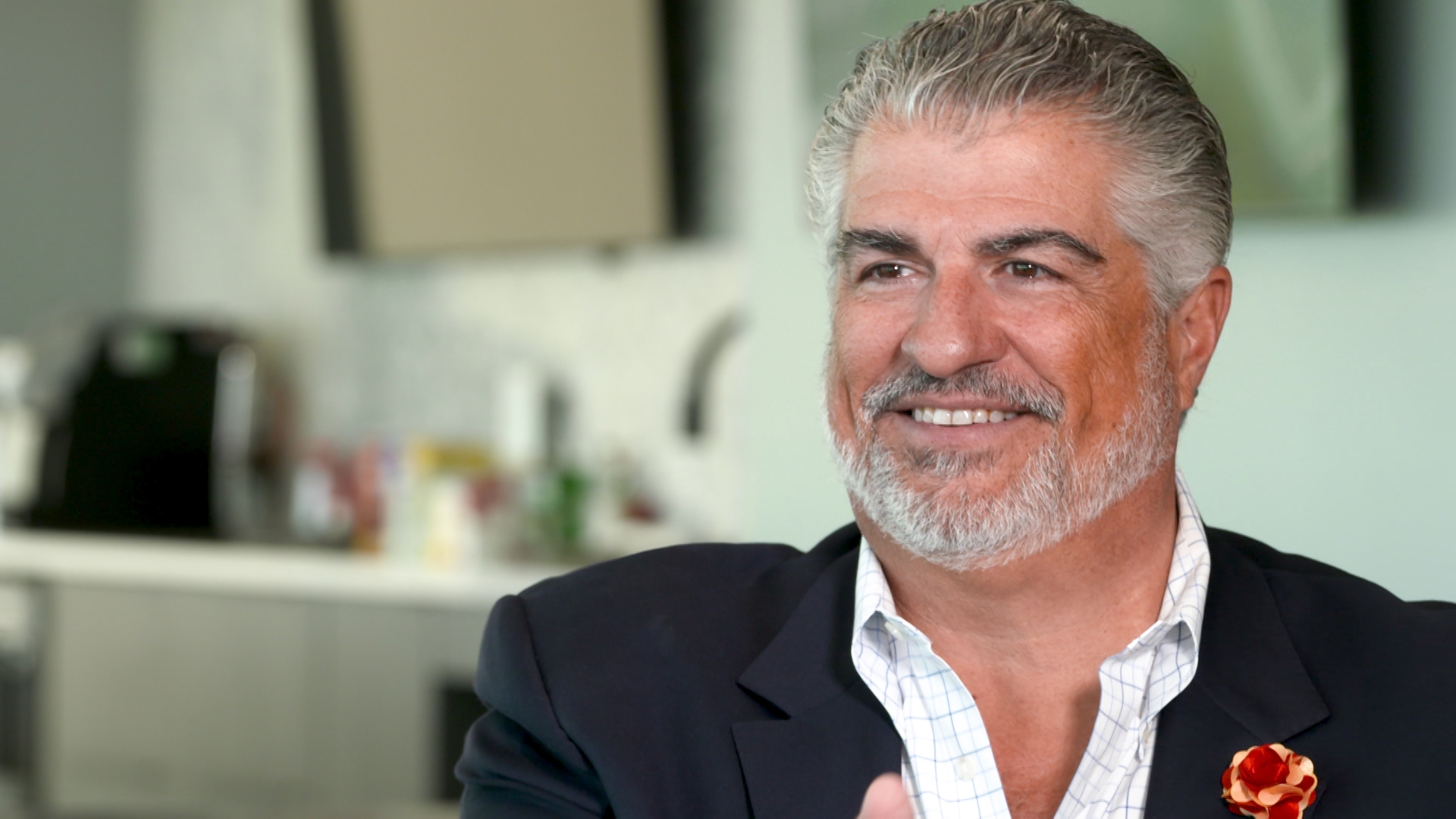The Dallas Business Journal is honoring the Best Real Estate Deals of 2019 at an event this fall. As part of the coverage, we are highlighting all of the Deals of the Year from 2010 to 2018. When 2019’s top deal is named at the event, the Business Journal will also name a “Deal of the Decade.”
ABOUT THE DEAL: After four years, the Green Line was finally complete. In 2011, while also winning the Community Impact award, the mass transit development won the top prize at our Best Real Estate Deals of 2010 event. When it opened, it was the longest single-day opening of an electric light rail in the U.S. since 1990. At its build-out, the line grew from 48 to 72 miles. And with the new rail comes many development opportunities.
WHAT WE SAID THEN: “It took four years to create the $1.8 billion, 28-mile Dallas Area Rapid Transit Green Line. It could take another 20 for development to fully crop up around the 15 new rail stations. Even before construction began on the Green Line, the project had some false starts and it took a while to build up speed, according to a city official. But once it started, it seemed, the Green Line could not be stopped. The project came down to persistence from many different people, said Gary Thomas, president and executive director of the Dallas Area Rapid Transit Authority ... The Green Line brings numerous development opportunities by mixing retail, restaurants, offices and residential off some rail lines, he said … The Green Line could boast rail stations that could rival one of Dallas’ iconic mixed-use development rail stations — Mockingbird Station, he said.”
WHAT HAS HAPPENED SINCE: For the modern DART system, expansions are common. After the Green Line, the Orange Line to Irving opened in 2012 and the Blue Line came later in that same year. As the decade went on, the system has had various other expansions. The current head of economic development at DART said that areas along the rail will continue to transition from industrial to commercial and residential. According to a DART report, $10.8 billion has been invested near or along DART’s 93-mile light rail system since 1999. The nation’s longest light rail system cost $5.5 billion to fully build out.
WHAT IS HAPPENING NOW: Many in North Texas had skepticism about the viability of a large-scale mass transportation system; however, once started, DART’s current Director of Economic Development, Jack Wierzenski, said everything changed.
Wierzenski has been working with DART since 1991. Over his tenure, he has seen the line impact on the economic development of DFW. In 2022, the new Silver Line/Cotton Belt will connect Plano with Addison, Carrollton, DFW and Fort Worth.
The Dallas Business Journal spoke with Wierzenski about DART's past and current impact.
For significant stakeholders, like the surrounding cities, why was mass transit such a worthwhile investment?
Wierzenski: From day one of being a member of DART, Farmers Branch focused on acquiring land around that station area to ultimately creating a downtown. At the same time, Carrollton was focused on its downtown. You see the story throughout the whole system, with Plano as the poster child since it happened first there, but in all these old downtowns that used to close up at five in the afternoon, things were changing. All of the cities now, Rowlett, Plano, Garland, Carrollton, Farmers Branch and in the future, Addison, when the Silver Line opens up, started having more life. All of these had night and day changes to the infrastructure investment that went in after putting the DART rail system there.
When the Green Line was started, was the developmental plan for it?
The Green Line was more of an unknown as far as our rail investment plan and development. The system generally is built along old (railroad) right of ways, and what you get along all (railroad) right of ways are old industrial areas. It's really transitioning from that industrial to get the land use pattern rezoned. If you look at the region around the Green Line, south of 635 down to Bachman (Lake), it's still heavily industrial through there. But then you go south of there, all of that industrial is transitioning over into residential and commercial.
Click here to read more of this story.



